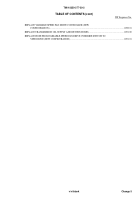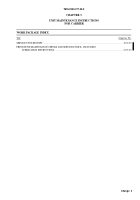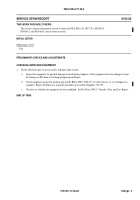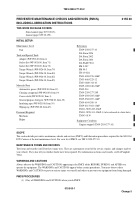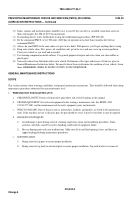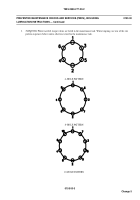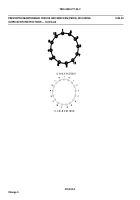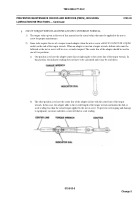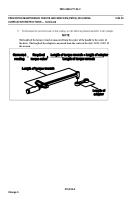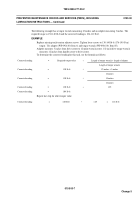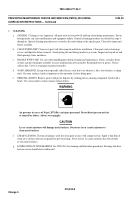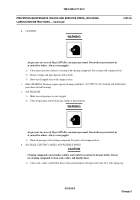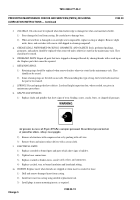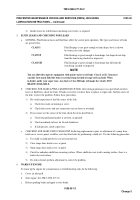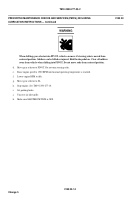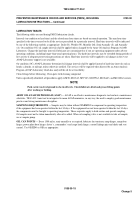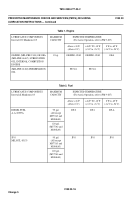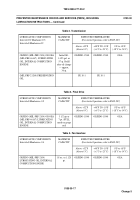TM-9-2350-277-20-2 - Page 28 of 783
TM 9-2350-277-20-2
PREVENTIVE MAINTENANCE CHECKS AND SERVICES (PMCS), INCLUDING
LUBRICATION INSTRUCTIONS — Continued
0155 00
2.
CLEANING
a.
GENERAL.
Cleaning is very important. All parts must be cleaned well and kept clean during maintenance. Dirt or
foreign matter can cause malfunctions and equipment failure. General cleaning procedures are detailed in steps b
through m. Special cleaning procedures are covered in the task relating to the specific part. Clean after repair and
before assembly.
b.
CLEAN EVERY PART.
Clean every part well after removal and before installation. Clean parts such as housings,
covers, and dipsticks before removal. Avoid getting dirt and foreign matter in a system. Inspect and cap all air and
fluid openings, lines, and hoses.
c.
HANDLE WITH CARE.
Use care when handling parts during cleaning and maintenance. Nicks, scratches, dents,
or burrs can prevent proper assembly or cause malfunctions after assembly. Keep hands free of grease. Grease
collects dirt. Cover or wrap parts to protect from dirt.
d.
AVOID ABRASIVES.
Except where specially called for in a task, don’t use abrasives, files, wire brushes, or sharp
tools. On some surfaces, finish is important to the operation of close-fitting parts.
e.
REMOVAL AGENTS.
Remove gum or old grease deposits by soaking parts in cleaning compound. Scrub with a
brush. Use crocus cloth to remove minor surface defects.
WARNING
Air pressure in excess of 30 psi (207 kPa) can injure personnel. Do not direct pressurized air
at yourself or others. Always wear goggles.
CAUTION
Lye or caustic mixtures will damage metal surfaces. Do not use lye or caustic mixtures to
clean metal surfaces.
f.
STEAM CLEANING.
If steam cleaning is used, dry clean parts at once with compressed air. Apply a thin film of
clean oil to surfaces that are not painted to prevent rusting. Never use lye or caustic mixtures that will corrode
or etch metal surfaces.
g.
LUBRICATION OF NEW BEARINGS.
See TM 9-214 for cleaning and lubrication procedures. Bearings that have
been in service should also be lubricated.
0155 00-8
Change 5
Back to Top

